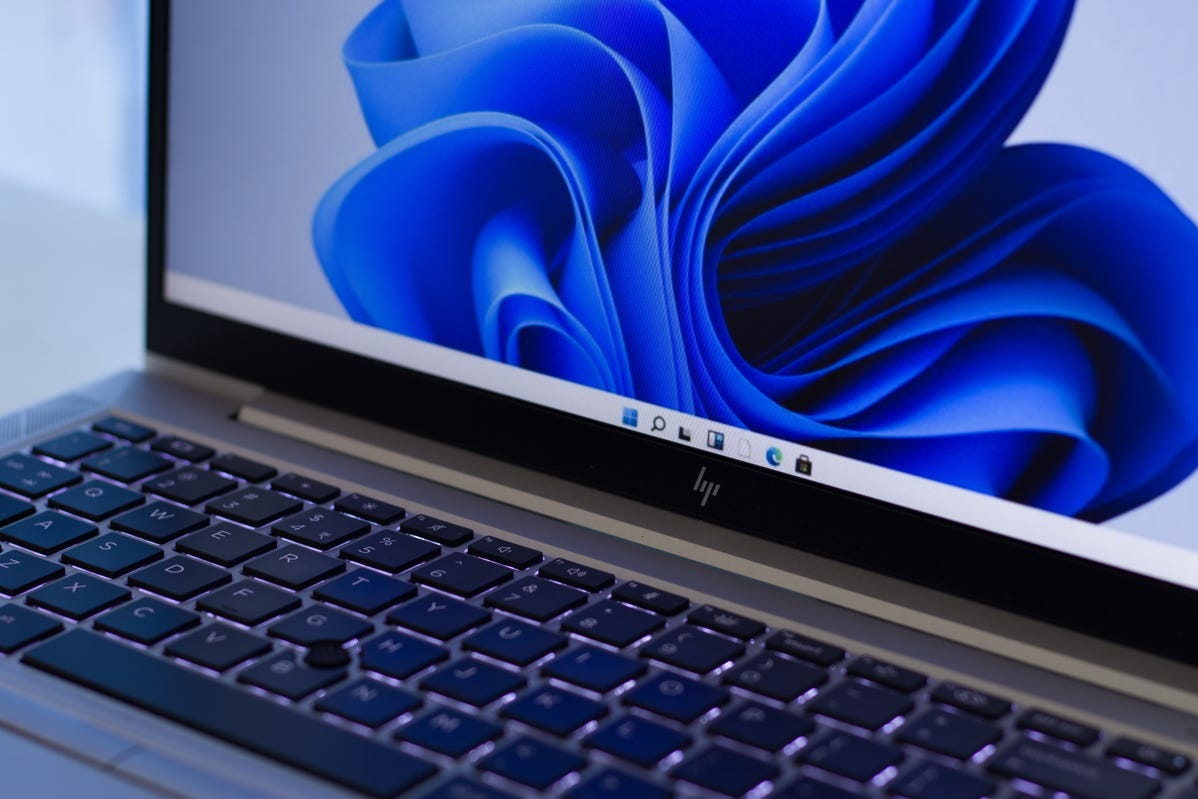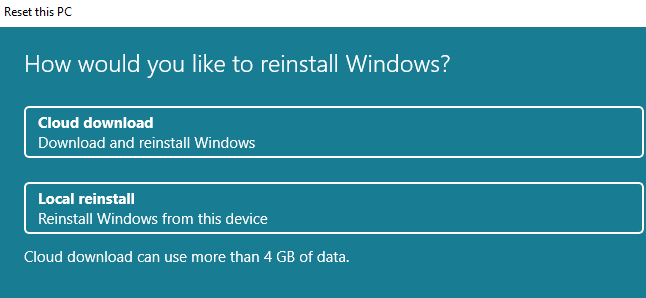
When resetting your Windows 10 or Windows 11 PC, you’ll be asked whether you want to do a “Cloud Download” or “Local Reinstall.” These options work a little differently, and each has its upsides and downsides. Here’s the difference between the two.
Both Will Reinstall Windows on Your PC
The “Reset This PC” feature reinstalls the Windows operating system on your computer. You also have the option to keep your personal files or erase them—or even wipe your entire drive. But, whatever you do, Windows will replace your system files with fresh ones. Afterward, you’ll have a like-new system and you’ll have to configure it and reinstall your programs once again.
On Windows 10, head to Settings > Update & Security > Recovery and click “Get Started” under Reset This PC” to find this feature. On Windows 11, you’ll find this feature at Settings > System > Recovery > Reset PC.
Both “Cloud Download” and “Local Reinstall” are different ways of getting to the same state: That like-new Windows 10 or Windows 11 system. Think of it as a factory reset feature for your Windows PC.
“Cloud Download” Downloads System Files

When you select “Cloud Download,” Windows will download fresh system files from Microsoft’s servers and uses them to re-install Windows on your computer.
As the Reset This PC interface notes, this download may be more than 4GB in size. If you have internet data limits or are on a slow connection, this may be a problem and you may want to use Local Reinstall instead.
This option is essential if your PC’s system files become corrupted. If the “Local Reinstall” option fails and can’t reset your PC properly, you should try Cloud Download instead.
Believe it or not, if you have a fast internet connection, Cloud Download may actually be faster than Local Reinstall. That’s because of the way Local Reinstall works.
“Local Reinstall” Uses Your PC’s Files
If you pick “Local Reinstall,” Windows will use the system files already on your PC to reinstall Windows.
This is a bit more work for Windows than it sounds. Windows has to go through its files, find the original ones, and reassemble them into a fresh Windows system. For this reason, Local Reinstall can actually be slower than Cloud Download, especially when you have a fast internet connection.
Microsoft’s Aaron Lower says that Local Reinstall can take more than 45 minutes to “[construct] a new copy of Windows from the existing installation” when he explained how Cloud Download works differently.
Local Reinstall is particularly useful if you have internet data speed limits, a slow connection, or your device is offline. It will preserve any Windows updates you’ve installed on your PC, too.
Also, Local Reinstall can fail to complete if the Windows system files on your PC are corrupted. If you want to reset Windows due to system problems, Cloud Download may be more reliable.
Which Should You Pick?
For the typical PC, either Cloud Download or Local Reinstall will work fine. Assuming you have a fast internet connection without harsh download limits and your PC doesn’t seem to be in a corrupted state, either should get your PC to a like-new state in a reasonable amount of time.
However, certain options are better for certain situations:
- If you have a speedy internet connection and data isn’t a concern, use Cloud Download. You might save some time.
- If you have a slow connection or want to avoid extra downloads, use Local Reinstall. You’ll avoid unnecessary downloads.
- If your PC isn’t working properly or you’ve already tried Local Reinstall and it failed, use Cloud Download.
Whichever you choose, your PC will end up in the same place with a like-new Windows installation.
And don’t worry: If Local Reinstall fails, you’ll see a message telling you there was a problem. It won’t just reinstall Windows with corrupt system files. If the Reset This PC process completes, it worked properly.
(What if the Reset This PC process completes but you still have crashes, blue screens, or other system problems? That’s a sign your computer may be having hardware problems rather than software problems.)
